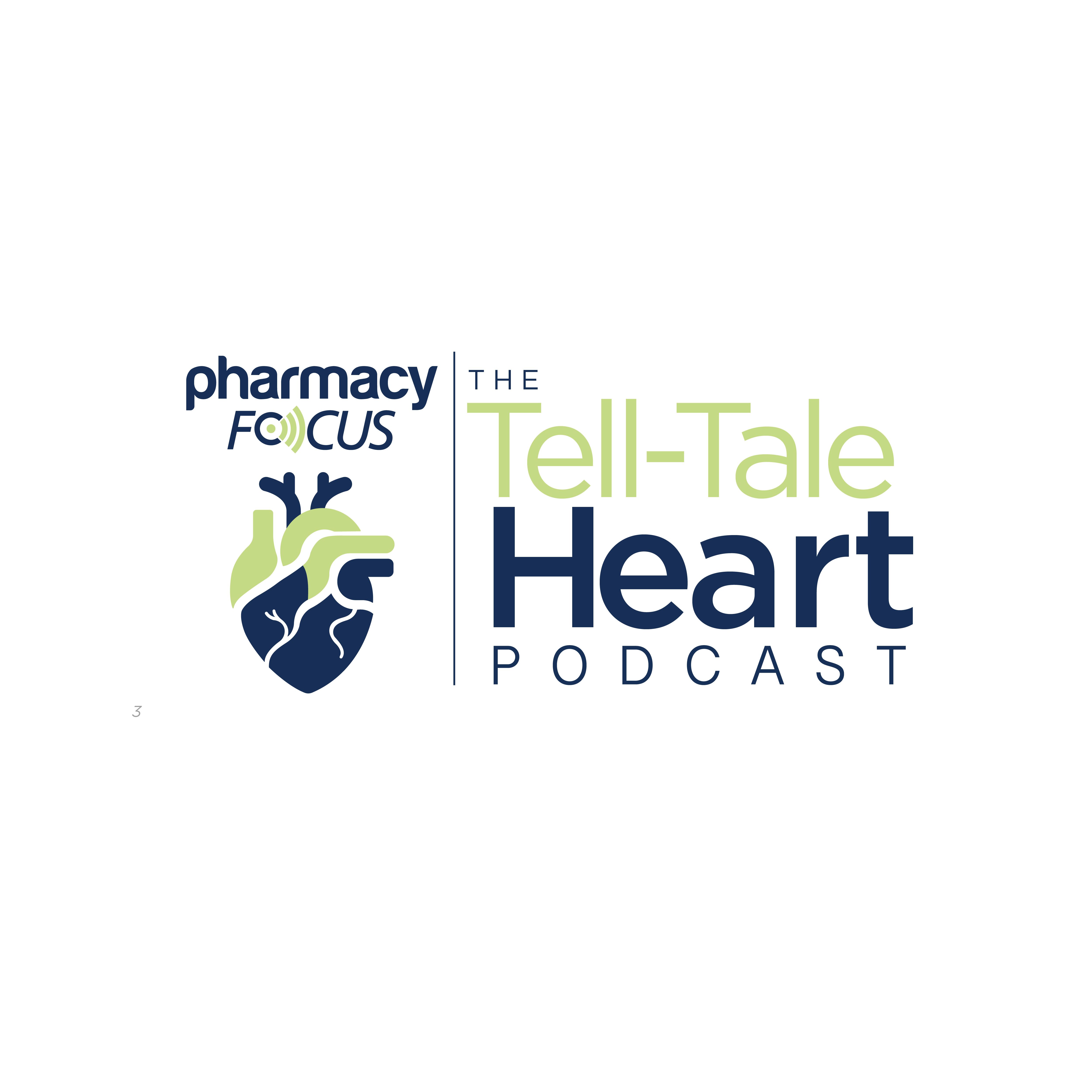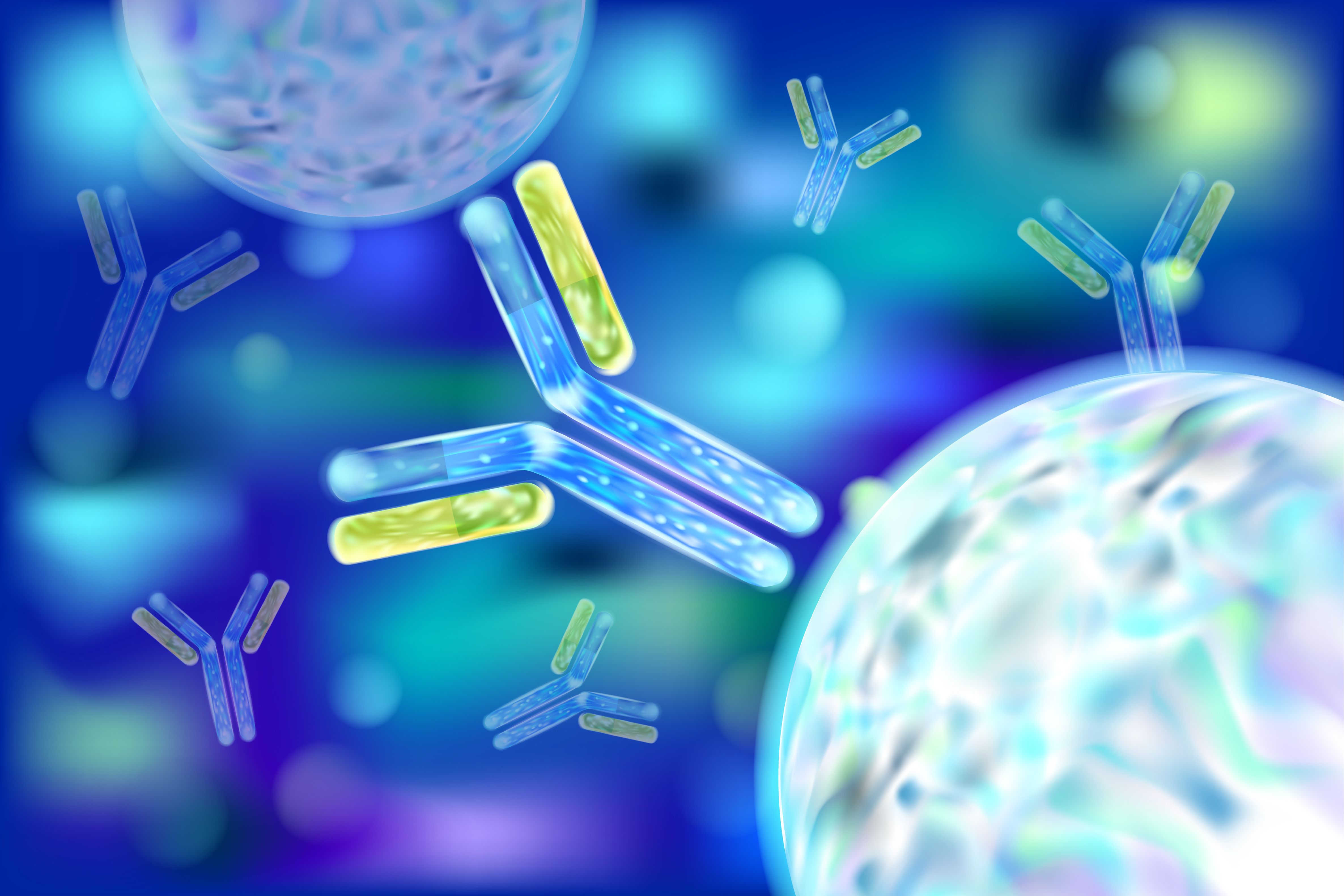News
Article
Researchers Use CRISPR Screens to Identify Factors Influencing Trastuzumab Emtansine Sensitivity, Resistance
Author(s):
Key Takeaways
- Genetic factors influencing T-DM1 sensitivity and resistance in HER2+ breast cancer have been identified, revealing new resistance pathways.
- Resistance to T-DM1 affects over 50% of patients in the second-line metastatic setting, necessitating new therapeutic strategies.
The predictive tool may reveal the mechanisms underlying treatment resistance in patients with HER+ breast cancer.
HER2 breast cancer blood test | Image Credit: © Arif Biswas - stock.adobe.com

Researchers have identified genetic factors influencing trastuzumab emtansine (T-DM1, Kadcyla; Genentech) sensitivity and resistance in human epidermal growth factor receptor 2-positive (HER+) breast cancer (BC), offering new insights into potential combination strategies and predictive biomarkers. Their study reveals previously unrecognized resistance pathways, paving the way for more effective, personalized cancer treatments.
In 2022, approximately 2.3 million people worldwide were diagnosed with BC, with nearly 320,000 new cases expected in the United States by 2025. HER2+ BC is one of the most common subtypes—accounting for about 70% of all cases—that is aggressive and challenging to treat despite notable evolutions in treatment agents or approaches. Standard treatment includes trastuzumab, a monoclonal antibody that selectively binds to HER2; however, resistance to trastuzumab remains a major challenge, necessitating additional HER2-targeting therapies like T-DM1, an antibody–drug conjugate that combines trastuzumab with the cytotoxin DM1.1,2
T-DM1 is approved for second-line treatment of patients with HER2+ metastatic BC who have previously received trastuzumab and a taxane and as adjuvant therapy for patients with residual disease following neoadjuvant trastuzumab and chemotherapy. However, resistance affects over 50% of patients in the second-line metastatic setting.2
To better understand T-DM1 resistance, researchers conducted CRISPR/Cas9 whole-genome knockout screens in 2 HER2+ BC cell lines, MDA-MB-361 and MDA-MB-453. These screens were performed under T-DM1 and DM1 treatment conditions to identify genes that modulate drug sensitivity or resistance. The most significant genes were validated through secondary screens using a focused single-guide RNA (sgRNA) library and individual gene knockouts.2
The researchers identified 599 genes as potential modulators of T-DM1 response. Among them, 17 genes were significantly enriched and 3 were depleted (P < .001) in at least 1 of the cell lines during secondary screening. Established T-DM1 sensitivity genes, ERBB2 and SLC46A3, were confirmed, reinforcing their critical role in T-DM1 efficacy. Their most notable finding was the involvement of TSC1 and TSC2, which are negative regulators of the mTOR complex 1 (mTORC1) pathway.2
Knockout of TSC1 or partial knockout of TSC2 in MDA-MB-453 cells exhibited resistance to T-DM1 and other HER2-targeting therapies such as trastuzumab deruxtecan (Enhertu; Daiichi Sankyo, Inc.), lapatinib (Tykerb; GSK), and neratinib (Nerlynx; Puma Biotechnology, Inc.). Resistant clones also displayed increased internalization of T-DM1, suggesting an alternative resistance mechanism.2
A key discovery from this study is the potential therapeutic benefit of combining T-DM1 with an mTOR inhibitor, such as everolimus (Zortress; Novartis USA). The combination demonstrated synergistic activity in inhibiting cell proliferation across multiple HER2+ BC cell lines. These findings suggest that targeting mTORC1 may help overcome T-DM1 resistance, presenting a promising opportunity for improving patient outcomes.2
Further research, including clinical validation, is necessary to confirm these findings. If validated, combining mTOR inhibitors with T-DM1 could be a novel strategy to enhance its efficacy and delay resistance. This study highlights the power of CRISPR-based functional genomics in uncovering new resistance mechanisms, paving the way for more effective and personalized cancer treatments.






